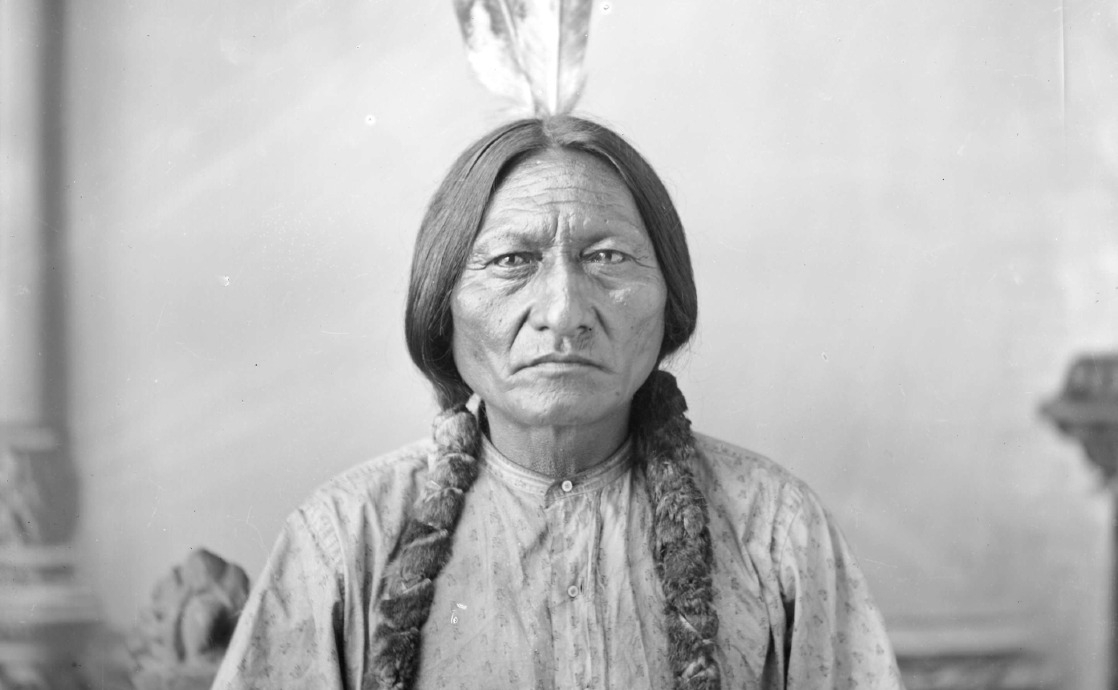In the annals of indigenous history, the legacy of Chief Sitting Bull looms large, a monumental figure revered for his unwavering resilience and leadership during tumultuous times for his people, the Lakota Sioux. The intersection of this legacy with the Bahá’í Faith introduces a fascinating narrative, epitomized by the story of his great-granddaughter, who has emerged as the first Lakota Bahá’í. This convergence of identities not only promises a profound shift in perspective regarding indigenous spirituality but also piques curiosity about the unique interplay between Bahá’í teachings and the rich cultural tapestry of Native American traditions.
To grasp the significance of this narrative, one must first delve into the essence of the Bahá’í Faith. Founded in the mid-19th century by Bahá’u’lláh, the faith emphasizes unity, justice, and the intrinsic worth of all individuals, irrespective of their background. Its tenets advocate for the eradication of prejudices and the fostering of global harmony. As one examines the Bahá’í principles of equality and collective responsibility, a juxtaposition with the Lakota ethos reveals intriguing parallels. The Lakota worldview is inherently communal, deeply intertwined with nature, and steeped in respect for ancestral wisdom. This overlap creates fertile ground for an enriching dialogue between the two spiritual legacies.
The journey of Sitting Bull’s great-granddaughter into the Bahá’í Faith is emblematic of an awakening—a personal and communal transformation that reverberates through history. Standing at the intersection of two cultural paradigms, she embraces a dual legacy that transcends conventional boundaries. Her decision to identify as a Bahá’í can be seen as both an homage to her ancestor’s indomitable spirit and a forward-looking embrace of teachings that advocate for social justice and equality.
Studying her journey prompts reflection on the unique challenges faced by indigenous peoples in contemporary society. The historical oppression experienced by Native communities, compounded by the loss of language and cultural practices, underscores the urgent need for healing and revitalization. In this context, the Bahá’í emphasis on the importance of education, community building, and social action resonates profoundly. By engaging with the Bahá’í teachings, Indigenous individuals may find pathways to restore their cultural identities while fostering connections across diverse communities.
The narrative also challenges prevailing perceptions that often depict Native spiritual traditions and organized religions as mutually exclusive. This intersectionality allows for a richer understanding of spiritual identity. The Bahá’í Faith, with its advocacy for the elimination of racial and ethnic prejudices, presents a framework within which the Lakota spirituality can flourish, integrating and adapting Bahá’í principles in a manner that respects indigenous heritage.
Moreover, the figure of Sitting Bull’s great-granddaughter acts as a bridge, inspiring others within her community to explore their own spiritual journeys. Her story serves as a powerful testament to the potential of reconciliation between traditional beliefs and contemporary faith systems. This fusion does not necessitate the abandonment of cultural roots but rather encourages the exploration of shared values that promote unity and collective growth.
Throughout history, stories of reconciliation and synthesis have been prevalent, yet they often remain untold or overshadowed by narratives of conflict. The journey of Sitting Bull’s great-granddaughter exemplifies an opportunity for healing, both within indigenous communities and in the broader society. Her embrace of the Bahá’í Faith is not merely an individual pursuit; it is emblematic of a collective aspiration for understanding, respect, and coexistence.
The implications of her decision extend far beyond personal faith. They challenge other Indigenous individuals and groups to reflect on their own spiritual inclinations and to consider how these can harmonize with the Bahá’í principles of world citizenship and cooperation. The evolution of indigenous identities in this context can potentially cultivate a sense of belonging not only to one’s ethnic heritage but also to a global community committed to progressive ideals.
Importantly, this intersection prompts queries about the role of spirituality in social justice. How can indigenous and Bahá’í teachings collaborate to address systemic injustices? The Lakota principle of generosity—emphasizing community support—aligns beautifully with Bahá’í calls to serve humanity. Together, these philosophies encourage collective action aimed at alleviating societal inequities, thus framing a new narrative of empowerment.
Moreover, the intersection of these two narratives promises a reimagining of community dynamics. The pursuit of knowledge, a cornerstone of the Bahá’í Faith, can inspire Lakota youth and elders alike to engage in dialogue about cultural preservation and innovation. This fusion may result in new forms of expression, wherein traditional practices are enriched by contemporary understandings without losing their essence.
In conclusion, the story of Chief Sitting Bull’s great-granddaughter, as the first Lakota Bahá’í, represents a compelling narrative of spiritual evolution. It illustrates how the discovery of new faith paths can foster resilience, inspire curiosity, and catalyze communal revitalization. This narrative stands as a powerful reminder that the intersections of culture and belief can serve as reservoirs of insight and potential, paving the way for a future grounded in unity, justice, and mutual respect. As this journey unfolds, it beckons both indigenous and non-indigenous individuals to join in a quest for understanding, thus enriching the tapestry of human experience.
